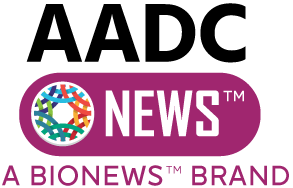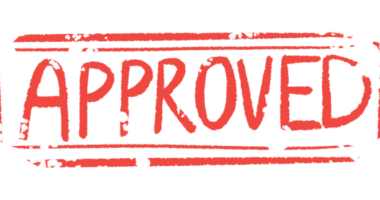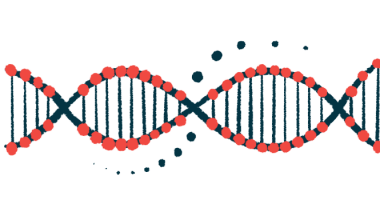Treatments for AADC Deficiency
Dopamine Receptor Agonists
Dopamine receptor agonists are treatments that mimic the action of dopamine by binding to and enhancing the activity of the dopamine receptors in the central nervous system. They help compensate for the reduced dopamine levels, which is a characteristic of AADC deficiency.
Monoamine Oxidase Inhibitors
Monoamine oxidase inhibitors (MAOIs) are a class of medications that suppress or inhibit the activity of enzymes called monoamine oxidases. They can be used to treat neurological conditions such as anxiety and depression in patients with AADC deficiency.
Vitamin B6
Vitamin B6 (pyridoxine) is a first-line treatment for AADC deficiency. It is often used in combination with dopamine receptor agonists and MAOIs. Vitamin B6 acts as a cofactor for the AADC enzyme and can increase its activity, leading to the production of more dopamine and serotonin.
Non-drug Therapies
Non-drug therapies, such as physiotherapy, occupational therapy, and speech therapy, can help AADC patients build muscle strength, find alternative ways to perform daily tasks, and overcome difficulties with speaking or eating.
Gene Therapy
Gene therapy is a promising, but still experimental approach, for treating AADC deficiency. This strategy is aimed at restoring the function of the defective DDC gene by delivering genetic material to cells that can either correct the faulty gene or fix damage caused by the disease.






